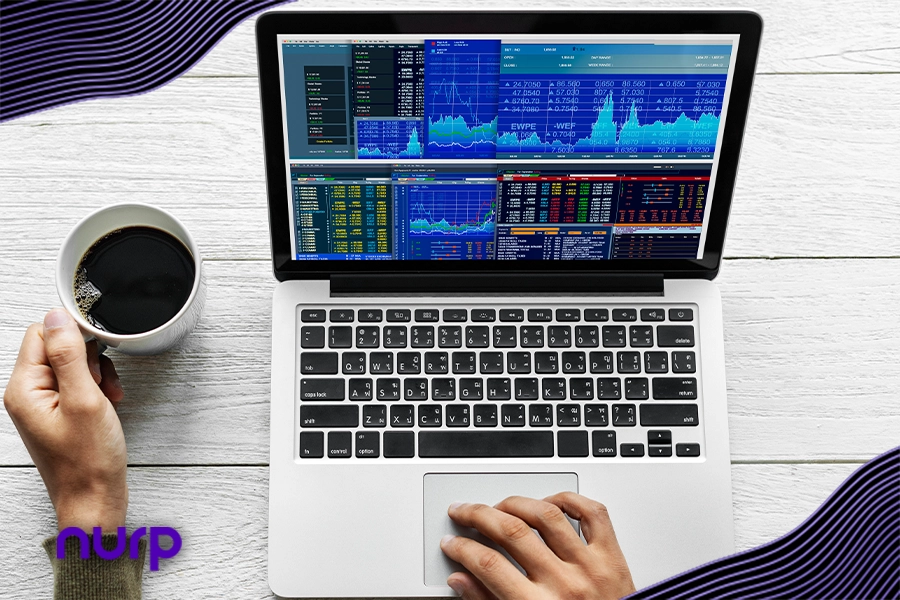Key Takeaways
Proprietary trading involves firms using their own capital to trade financial assets for profit, distinct from traditional trading where brokers trade on behalf of clients.
Key characteristics of proprietary trading include a high risk appetite, reliance on advanced technology, preference for liquid markets, and adherence to regulatory standards.
Strategies used in proprietary trading encompass a wide range of approaches, each with its own risk-return profile and suitability to different market conditions.
Proprietary trading is a fascinating concept in finance, but is often misunderstood concept. It is common for beginners to feel overwhelmed by the complexities of this trading approach. However, with a clear understanding, anyone has the potential to grasp the fundamentals of proprietary trading. This article explores the concept, what it entails and how it works.
Read More: Retail Trading and Financial Markets: Does Earnings Season Have An Impact on Forex?
What is Proprietary Trading?
Proprietary trading involves firms using their own capital to trade financial assets, such as stocks, bonds, currencies, and derivatives. Unlike traditional trading, where brokers execute trades on behalf of clients, proprietary trading firms trade for their own benefit, aiming to generate profits directly from the financial markets.
The Role of Proprietary Traders
Proprietary traders are the driving force behind proprietary trading firms. These individuals are responsible for analyzing market data, identifying trading opportunities, and executing trades on behalf of the firm. They leverage various trading strategies and tools to capitalize on market movements and generate profits.
Key Characteristics of Proprietary Trading
Risk Appetite: Proprietary trading firms are known for their willingness to take on significant risks in pursuit of profits. This risk-taking mentality is ingrained in the culture of these firms, with traders often employing aggressive trading strategies to maximize returns.
Technology Integration: Proprietary trading relies heavily on advanced technology and sophisticated trading platforms. Proprietary traders leverage cutting-edge software, algorithms, and high-speed internet connections to execute trades quickly and efficiently.
Market Liquidity: Proprietary trading thrives in liquid markets, where there is ample trading volume and price efficiency. Firms often focus on trading highly liquid assets to ensure smooth execution and minimal slippage.
Regulatory Environment: Proprietary trading operates within a regulatory framework that varies depending on the jurisdiction. Firms must comply with applicable regulations and adhere to industry standards to ensure transparency and integrity in their trading activities.
Strategies Used in Proprietary Trading
Proprietary trading firms employ a wide range of trading strategies to achieve their financial objectives. These strategies may include arbitrage trading, high-frequency trading, market making, trend following, and statistical arbitrage. Each strategy has its own unique characteristics and risk-return profile, catering to different market conditions and trading styles.
Conclusion
Proprietary trading offers unique opportunities for firms and traders to profit from the financial markets. By understanding the basics of proprietary trading, beginners can gain insights into this fascinating aspect of finance and explore potential career paths in the industry. While proprietary trading can be lucrative, it also carries inherent risks, requiring traders to approach it with caution and discipline. The golden rule of trading also applies to proprietary trading, which is that one should never trade with funds that they cannot afford to lose.
The post Understanding Proprietary Trading first appeared on Nurp.com.








